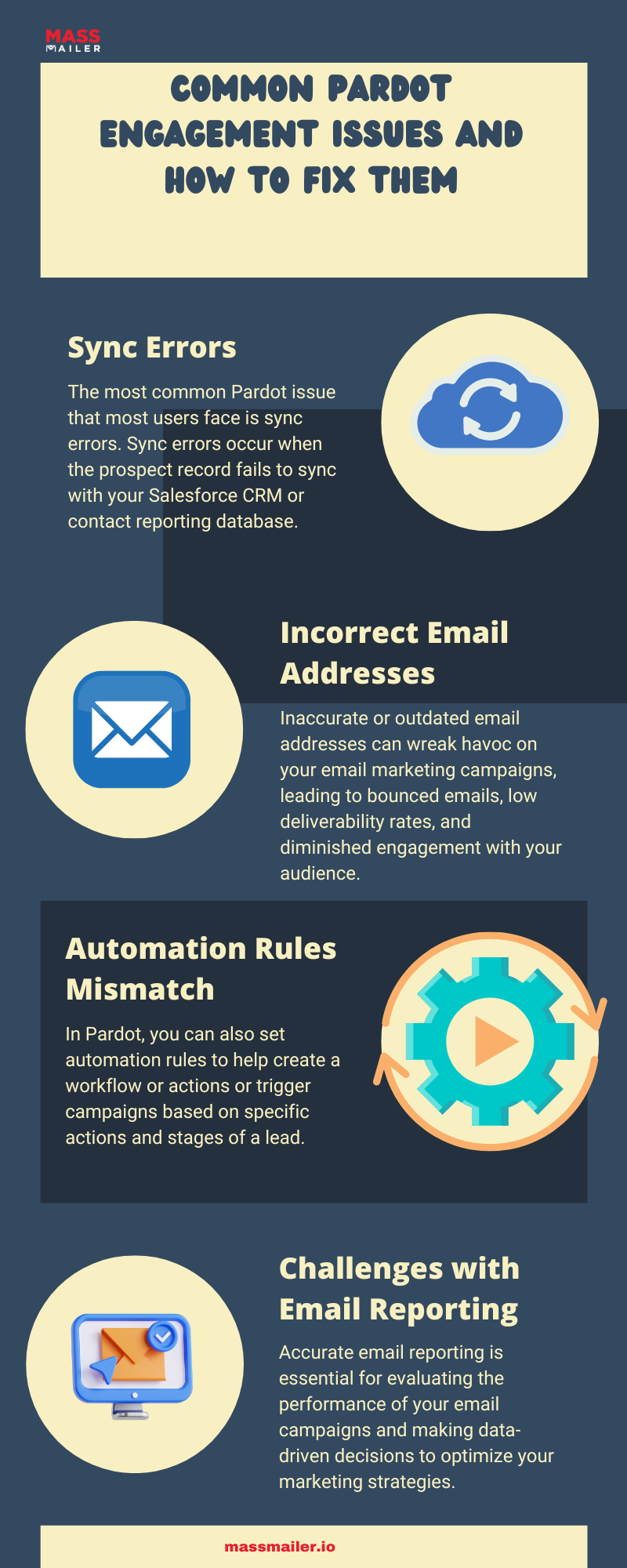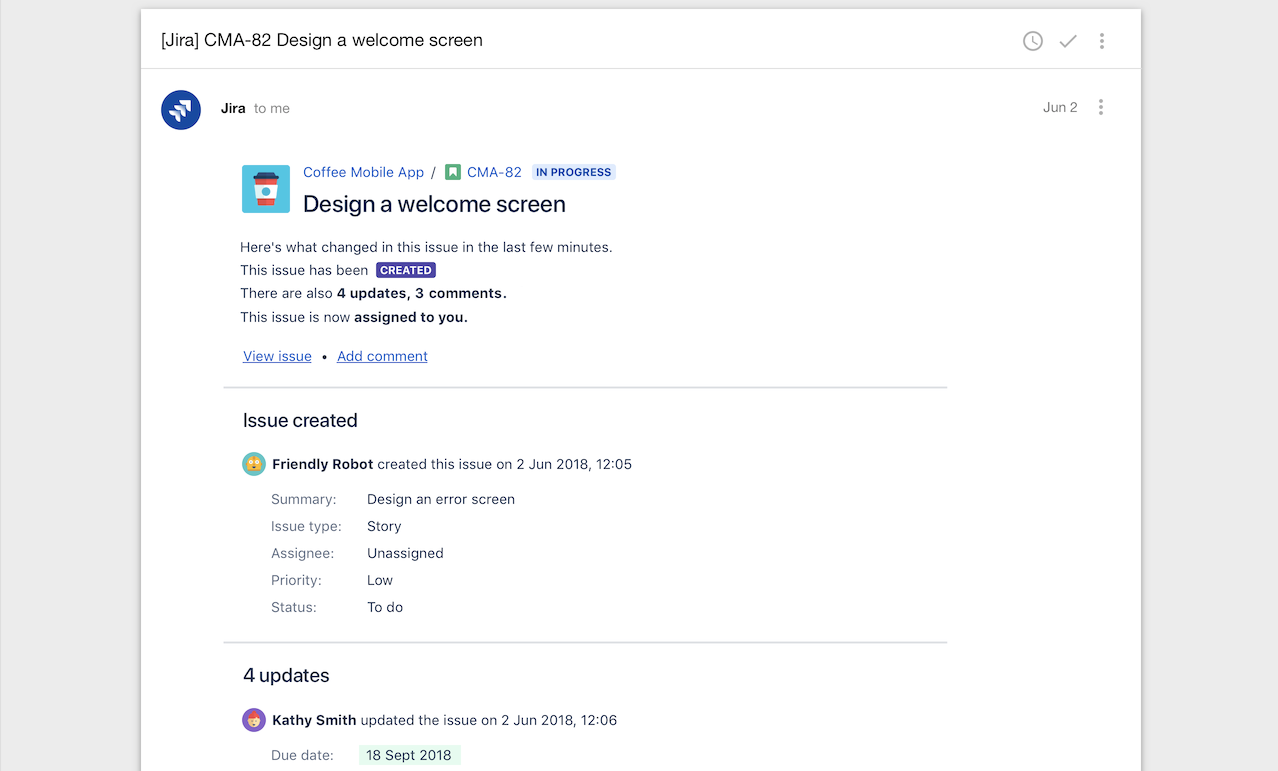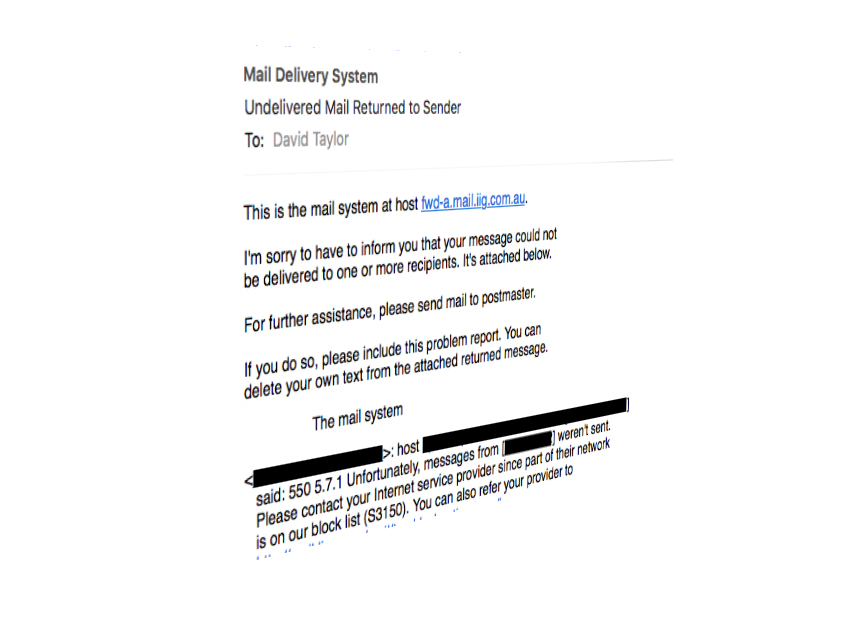Email engagement can make or break your marketing efforts. Struggling with low open rates or click-throughs? Consider implementing strategies to increase email open rates, such as creating compelling subject lines, segmenting your audience to send more targeted content, and regularly cleaning your email list to remove inactive subscribers. Engaging with your audience through personalized and valuable content can also help improve email engagement and ultimately drive better marketing results. It’s important to continually monitor and analyze your email metrics to identify areas for improvement and make adjustments as needed.
You’re not alone. Many businesses face email engagement issues that hinder their success. The good news? Solutions exist to boost your email performance. In today’s digital age, email remains a vital communication tool. Yet, despite its importance, many marketers struggle with engaging their audience effectively.
Emails often go unread, and links remain unclicked. This can be frustrating and costly. Understanding the root causes of these issues is essential. From poor subject lines to irrelevant content, various factors can impact email engagement. By addressing these challenges, you can enhance your email marketing strategy and achieve better results. Let’s explore the common pitfalls and discover how to improve your email engagement.

Credit: massmailer.io
Table of Contents
ToggleIntroduction To Email Engagement
Email engagement is a critical aspect of digital marketing. It determines how well your audience interacts with your emails. High engagement often leads to better customer relationships and increased sales. But understanding and improving email engagement can be challenging.
Importance Of Open Rates
Open rates are a key metric in email marketing. They show the percentage of recipients who open your emails. High open rates mean your subject lines are effective. They also indicate that your audience is interested in your content. Low open rates can be a sign of several issues. Maybe your subject lines are not compelling. Or perhaps your emails are landing in the spam folder. Improving open rates should be a top priority for any email marketer.
Common Engagement Challenges
There are several common challenges in email engagement. First, getting your emails noticed in a crowded inbox can be tough. Many users receive dozens of emails daily. Standing out requires creativity and strategy.
Second, avoiding the spam folder is crucial. Emails flagged as spam will not be opened. To avoid this, ensure your emails follow best practices. Use a recognizable sender name and avoid spammy language.
Third, keeping your audience interested is essential. Engaging content is key. If your emails are boring or irrelevant, users will unsubscribe or ignore future emails.
| Challenge | Solution |
|---|---|
| Low Open Rates | Improve subject lines and sender name |
| Spam Folder Issues | Follow email best practices |
| Audience Interest | Create engaging and relevant content |
Addressing these challenges can significantly improve your email engagement. Focus on each area to see better results.
Crafting Compelling Subject Lines
Email subject lines play a crucial role in capturing your audience’s attention. A powerful subject line can boost open rates and engagement. In this section, we will explore effective techniques for creating compelling subject lines. We will cover the use of power words and personalization techniques.
Power Words
Power words are persuasive words that trigger an emotional response. They can make your subject line more enticing. Here are some examples of power words:
- Exclusive
- Free
- Limited Time
- Urgent
- Secret
Use power words to create a sense of urgency or excitement. This can encourage readers to open your email. But, avoid overusing them. This can lead to your emails being marked as spam.
Personalization Techniques
Personalizing your subject lines can make your emails feel more relevant. It shows that you know your audience. Here are some effective personalization techniques:
- Use the recipient’s name: “John, don’t miss this offer!”
- Reference past behavior: “We noticed you liked our last blog post!”
- Mention their location: “Exclusive deals for our New York subscribers”
Personalization can make your emails stand out in a crowded inbox. It can also build a connection with your readers. Ensure your data is accurate to avoid mistakes. Incorrect personalization can have the opposite effect.
Timing Your Emails
Timing can make or break your email engagement. Sending emails at the right time ensures your audience sees and interacts with your message. Understanding the best days and optimal times to send emails can boost your open and click-through rates.
Best Days To Send
Choosing the right day is crucial. Certain days of the week outperform others in terms of email engagement.
| Day | Engagement Rate |
|---|---|
| Tuesday | Highest |
| Thursday | High |
| Wednesday | Moderate |
| Monday | Low |
| Friday | Lowest |
Tuesday and Thursday are the best days. People are more likely to open and read emails on these days. Wednesday is also a good option. Avoid sending emails on Monday and Friday. Engagement tends to be lower on these days.
Optimal Times Of Day
Sending emails at the right time of day can further enhance engagement. People are more likely to check their emails during specific times.
- Morning (8 AM – 10 AM): People start their day by checking emails.
- Afternoon (1 PM – 3 PM): Post-lunch, people often check emails again.
- Evening (4 PM – 6 PM): Before ending the workday, emails are reviewed once more.
Avoid sending emails late at night or very early in the morning. Engagement rates are lower during these times.
By understanding and applying these timings, you can significantly improve your email engagement. Choose the right day and time to ensure your emails are opened and read.
Segmenting Your Audience
Struggling with email engagement? Segmenting your audience can help. By dividing your email list into specific groups, you can send more relevant and personalized content. This approach can lead to higher open rates and better engagement. Let’s look at some effective ways to segment your audience.
Demographic Segmentation
Demographic segmentation involves dividing your audience based on age, gender, income, education, and other demographic factors. This helps tailor your message to the right group.
| Demographic Factor | Examples |
|---|---|
| Age | Teens, Adults, Seniors |
| Gender | Male, Female, Other |
| Income | Low, Middle, High |
| Education | High School, College, Graduate |
For instance, a fashion brand might promote different products to teens compared to adults. A financial service might offer different advice to high-income earners than to low-income earners.
Behavioral Segmentation
Behavioral segmentation focuses on how your audience interacts with your emails and website. This includes purchase history, email open rates, and browsing behavior.
- Purchase History: Target past buyers with new offers.
- Email Open Rates: Send special campaigns to active subscribers.
- Browsing Behavior: Recommend products based on viewed items.
For example, if a user often clicks on articles about fitness, you can send them more content related to workouts and health tips. If they have purchased a specific product, you might send them accessories or complementary items.
Behavioral segmentation allows you to engage your audience based on their actions. This leads to more personalized and effective communication.
In summary, segmenting your audience by demographics and behavior can significantly improve your email engagement. By sending targeted and relevant content, you can keep your audience interested and engaged.
A/b Testing Strategies
Enhancing email engagement can be challenging. One effective method is A/B testing. This strategy involves creating two versions of an email. Then, you send each version to a small sample of your audience. By comparing results, you can identify what works best. Let’s explore different A/B testing strategies to improve your email campaigns.
Subject Line Testing
The subject line is crucial. It’s the first thing your readers see. To test subject lines:
- Create two different subject lines.
- Send each to a small segment of your audience.
- Compare open rates to see which performs better.
Example:
| Subject Line A | Subject Line B |
|---|---|
| “Don’t Miss Out on Our Latest Offers” | “Exclusive Deals Just for You” |
Analyze the results. Choose the subject line with the higher open rate. This will help increase your email engagement.
Content Testing
Testing email content is also essential. Different content styles can lead to different engagement levels. To test content:
- Draft two versions of your email content.
- Send each version to a small audience segment.
- Measure metrics like click-through rates and conversion rates.
Example:
| Content A | Content B |
|---|---|
| Text-heavy email with detailed information. | Image-rich email with short, compelling text. |
Review the results. Select the content that performs better. This will help you understand what your audience prefers. Implementing A/B testing strategies can significantly improve your email engagement.
Improving Email Content
Email engagement is crucial for any business. It determines the success of your email campaigns. One of the main factors affecting email engagement is the content of the email itself. Improving email content can lead to higher open rates and more clicks. Let’s explore some effective ways to enhance your email content.
Engaging Copy
Creating engaging copy is key to capturing your reader’s attention. Start with a strong subject line. It should be concise and intriguing. Use action verbs and promise value. For example, “Discover Our New Collection” or “Save 20% on Your Next Purchase”.
In the body of your email, keep sentences short and to the point. Use a conversational tone. Address your reader directly. For instance, “You will love our new features” is more engaging than “Our new features are great”.
Break up your text with bullet points and subheadings. This makes the email easier to scan. Highlight important information in bold. This draws the reader’s eye to key details.
Here’s a table to illustrate some do’s and don’ts of email copywriting:
| Do’s | Don’ts |
|---|---|
| Use short sentences | Write long paragraphs |
| Use action verbs | Use passive voice |
| Address the reader directly | Use generic language |
Visual Elements
Visual elements can significantly enhance your email content. Include relevant images and graphics. They should complement your text and add value. For example, if you’re promoting a product, include high-quality images of it.
Use a clean and simple layout. Avoid clutter. Too many images or graphics can be overwhelming. Stick to a consistent color scheme and font style. This creates a cohesive look.
Add buttons for calls to action (CTAs). Make them stand out with contrasting colors. Use clear and compelling text on your buttons. For instance, “Shop Now” or “Learn More”.
Here’s a quick list of visual elements to include:
- High-quality images
- Clear and compelling CTAs
- Consistent color scheme
- Simple layout
Remember, the goal is to create a visually appealing email that is easy to read and navigate.
Analyzing Email Performance
Engaging readers through email can be challenging. Analyzing email performance is crucial for improving engagement rates. By understanding key metrics and using the right tools, you can enhance your email campaigns effectively.
Key Metrics To Track
To evaluate email performance, track these essential metrics:
- Open Rate: Measures the percentage of recipients who open your email. A higher open rate indicates effective subject lines.
- Click-Through Rate (CTR): Indicates the percentage of recipients who click on links within the email. A high CTR shows that your content is engaging.
- Bounce Rate: The percentage of emails not delivered to recipients. A lower bounce rate suggests better list quality.
- Conversion Rate: Tracks the percentage of recipients who complete a desired action, such as making a purchase or filling out a form. Indicates the overall success of your email campaign.
- Unsubscribe Rate: Measures the percentage of recipients who opt out of your email list. A high unsubscribe rate may suggest that your content is not relevant to your audience.
Tools And Software
Using the right tools can streamline your email performance analysis. Consider these popular options:
| Tool | Description |
|---|---|
| Mailchimp | Provides detailed analytics and reporting features. Allows you to track open rates, CTR, and more. |
| HubSpot | Offers comprehensive email tracking and marketing automation. Helps you analyze performance and optimize campaigns. |
| Campaign Monitor | Delivers robust reporting tools. Enables you to measure key metrics and improve engagement. |
| Sendinblue | Combines email marketing with analytics. Provides insights into open rates, CTR, and conversions. |
By focusing on key metrics and leveraging powerful tools, you can enhance your email campaigns. Regular analysis ensures your emails resonate with your audience and achieve desired outcomes.

Credit: www.cirruslabs.io
Leveraging Automation
Leveraging automation can significantly enhance your email engagement. By implementing automated strategies, you can ensure timely and personalized communication with your audience. This not only saves time but also boosts open and click-through rates. Let’s explore two powerful automated tools: triggered emails and drip campaigns.
Triggered Emails
Triggered emails are automated messages sent in response to specific user actions. These actions could be anything from signing up for a newsletter to abandoning a shopping cart. Here are some benefits:
- Personalization: Tailored to user behavior, making emails more relevant.
- Timeliness: Sent immediately after a user action, increasing the chance of engagement.
- Efficiency: Reduces manual effort and ensures consistency.
Common examples of triggered emails include:
- Welcome emails for new subscribers.
- Abandoned cart reminders.
- Post-purchase follow-ups.
Drip Campaigns
Drip campaigns are a series of automated emails sent over a period. These campaigns nurture leads by providing valuable information and keeping your brand top of mind. Key benefits include:
- Lead Nurturing: Gradually builds relationships with potential customers.
- Consistent Communication: Regular touchpoints keep your audience engaged.
- Scalability: Easily manage large lists without extra effort.
Examples of effective drip campaigns:
- Educational series for new subscribers.
- Re-engagement campaigns for inactive users.
- Product launch sequences.
By leveraging automation through triggered emails and drip campaigns, you can enhance your email engagement strategy. These tools help deliver the right message at the right time, ensuring your audience remains engaged and interested.
Conclusion And Next Steps
You’ve explored the challenges of email engagement. Now, let’s wrap up with key strategies and future trends to keep in mind. Some key strategies for improving email engagement include personalizing content, optimizing for mobile devices, and employing interactive elements to keep subscribers engaged. Looking ahead to the future, email marketing trends 2024 are expected to focus even more on hyper-personalization, AI-powered email automation, and the continued rise of mobile as the primary platform for email consumption. Staying on top of these trends will be essential for brands to stay competitive in the ever-evolving email marketing landscape.
Summary Of Strategies
To boost email engagement, you need to focus on several strategies:
- Personalization: Tailor your emails to the recipient’s interests.
- Segmentation: Divide your audience into smaller groups based on behavior.
- Compelling Subject Lines: Craft catchy and relevant subject lines.
- Mobile Optimization: Ensure your emails look good on mobile devices.
- Clear Call-to-Actions: Use direct and easy-to-understand CTAs.
- Frequency: Find the right balance in your email sending schedule.
Future Trends In Email Marketing
Stay ahead by embracing these emerging trends in email marketing:
- AI and Automation: Use AI to automate and personalize emails.
- Interactive Emails: Include elements like polls and surveys.
- Video Content: Embed short videos to engage recipients.
- Data Privacy: Prioritize data security and compliance with regulations.
- Omni-Channel Integration: Align email campaigns with other marketing channels.
Implement these strategies and stay updated with trends. Your email engagement will improve.

Credit: www.davidtaylor.com.au
Frequently Asked Questions
What Causes Low Email Engagement?
Low email engagement can be caused by irrelevant content, poor subject lines, or not targeting the right audience.
How Can I Improve Email Open Rates?
To improve email open rates, use compelling subject lines, personalize content, and send emails at optimal times.
Why Do My Emails Go To Spam?
Emails go to spam due to poor sender reputation, lack of authentication, or excessive use of spammy words.
What Is A Good Email Engagement Rate?
A good email engagement rate varies, but typically, an open rate above 20% and a click-through rate above 3% are considered good.
What Are Some Proven Strategies to Boost Email Open Rates and Engagement?
Looking to boost engagement with proven email open rates? Try personalizing your subject lines to grab attention. Utilize A/B testing to determine which types of content resonate with your audience. Segment your email lists to send targeted, relevant content. Finally, ensure your emails are mobile-friendly for improved open rates.
Conclusion
Improving email engagement requires understanding your audience and testing different strategies. Focus on clear, concise messages. Personalize content to make it relevant. Track metrics to see what works best. Implement changes gradually to avoid overwhelming your audience. Consistent effort and evaluation lead to better results.
Engage your readers with valuable content. They will respond positively. Keep improving based on feedback. Stay patient and persistent for long-term success.








